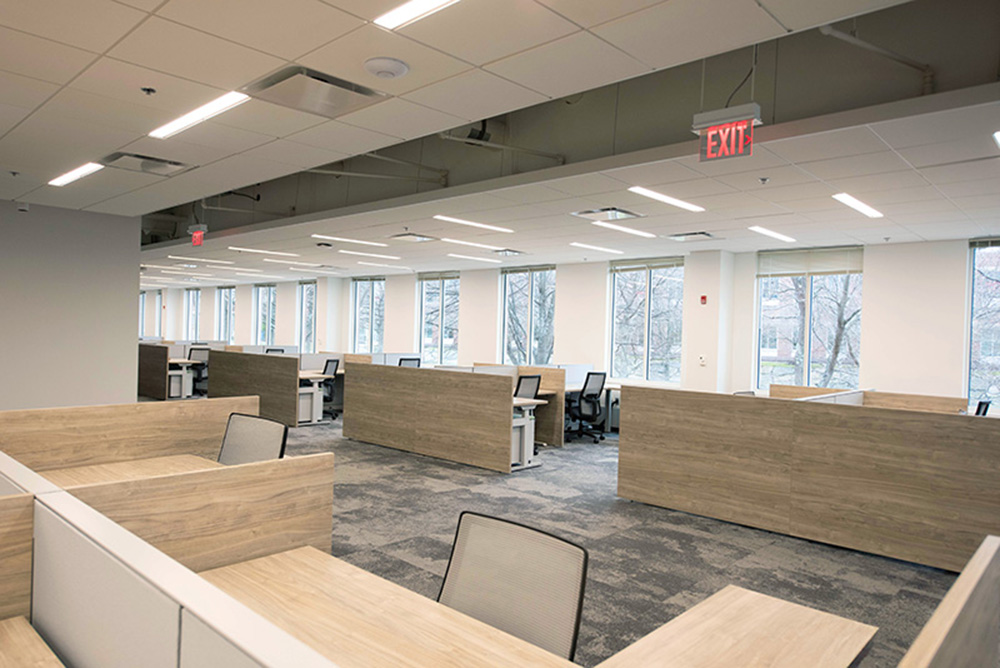News: Appraisal & Consulting
Posted: January 7, 2009
To feel like heaven, wait till 2011! What lies ahead?
The National CRE held its fall convention in Boston from Friday, October 31st to Monday, November 3rd at The Fairmont Copley Plaza Hotel. On Saturday morning, November 1st the General Session program entitled "What Lies Ahead and Where do We Go From Here?" was led by CREs Ray Torto, global chief economist of CBRE and Marc Louargand, principal of Saltash Partners LLC and a former professor at MIT. Ray began the program with his conclusions.
Torto stated that no one could have predicted that last 45 days (mid-Sept. to the end of Oct.) and former Federal Reserve Bank chairman Volker stated this week (last week of October) at the ULI convention in Miami that this type of situation is very complex and unprecedented. Therefore predicting 2009-10 is difficult. Torto then used Webster's dictionary to help define the word "credit" as "something entrusted to another." Loans are all about trust. Part of the equation is having a new leader. A person can look at past correlations and run models and try to predict the future using patterns or relationships but today old models will not work.
Torto then posed to the audience "How bad can it get?" and pinpointed three research statistics to help answer his question.
1. How low can the commercial vacancy rate get?
2. How much s/f of space is under construction?
3. How much negative absorption will we have?
If he could answer these 3 questions then he felt that he could have some thoughts on predicting 2010 (bypassing 2009 because it is presumed dead). Ray focused on the office market and concluded that the 2001-02 office market was the first time in U.S. recorded history that square footage had a negative absorption; even the 1990s was positive. 1982 had worse office market average of 5% absorption in the worst economic times and in 2008 we have a 13.4% vacancy for office and 10.7% for industrial. Torto's worst case prediction is that the office vacancy could hit 19.2% and the industrial vacancy could be 13.2%.
Torto then analyzed interrelation variables to his model starting with employment. When did jobs go negative? In 1990 jobs started to go down and now in 2008 it is negative. In 1991 it took 24 months to recover and in 1999 it took 36 months. So, it's a question of whether it will longer recession, shallower recession or both.
What drives real estate demand? Number 1 is jobs which has the highest correlation to real estate growth. In 1982 we had the worst loss in jobs to - 2.7 million jobs or - 3.08%. In 2010, it would be -3.06% which is equivalent to 1982 but an actual loss of -4.1 million jobs, far greater in job numbers. This is due to more people living in the U.S. In 2008 job growth is - .91% or -1.4 million jobs lost. Torto then predicted that this recession could last to 2011. So, the recession will last longer. We could see - 300 million s/f absorption. Real estate is an economy in a box and needs jobs. And the labor force is shrinking unless immigration grows. Industrial real estate is not dependent on people but goods and sales. Retail will get hurt (community and strip centers but not malls) due to job losses and people's lack of spending. Torto felt that office vacancies will increase to 18% as it did in 1992. Rents are coming down dramatically. Orange County could see a 40% office rent reduction and U.S. rent growth will experience a -5% reduction in rent in next 2 years to 3Q 2010. Office rents are the worst sector but not as bad as 2001-02 which had -21.12% rent reduction; industrial had -8.5% but retail was +5.1%.
Torto concluded that when confidence returns then he can tell us when real estate pricing will return. And at that point the market will move very fast and the rush will be enormous as everyone will dive in at the same time as buyers are hoping discounts will be as low as they wished. Moody's publishes the National Index of all U.S. properties which started in January 2001 at 1.0 and by April, 2005 it reached 1.55; a 60% growth rate which is way too high and too fast. By July '08 the index was 1.7 and so in 2008 we need to drop to a 1.6 index to see activity. Marc Lourargand concluded the program by stating that he was more convinced that we will see inflation and he thinks the National investment index will go to 1.4 or 1.5, the average index score since January 2001. He is also convinced that CPI is not a reliable indicator of inflation because information keeps getting adjusted and what is collected as part of the index.
Robert Nahigian FRICS, CRE, is the 2009 CRE chairman and president of Auburndale Realty, Co., Newton, Mass.
Tags:
Appraisal & Consulting
MORE FROM Appraisal & Consulting
Boyle of Chozick Realty negotiates $7.95m sale of 66-unit property
Barrington, MA Tom Boyle of the Hartford, CT office of Chozick Realty has completed the marketing and sale of the 66-unit Beechtree Commons Apartments for $7.95 million or $120,454 per unit.







.png)